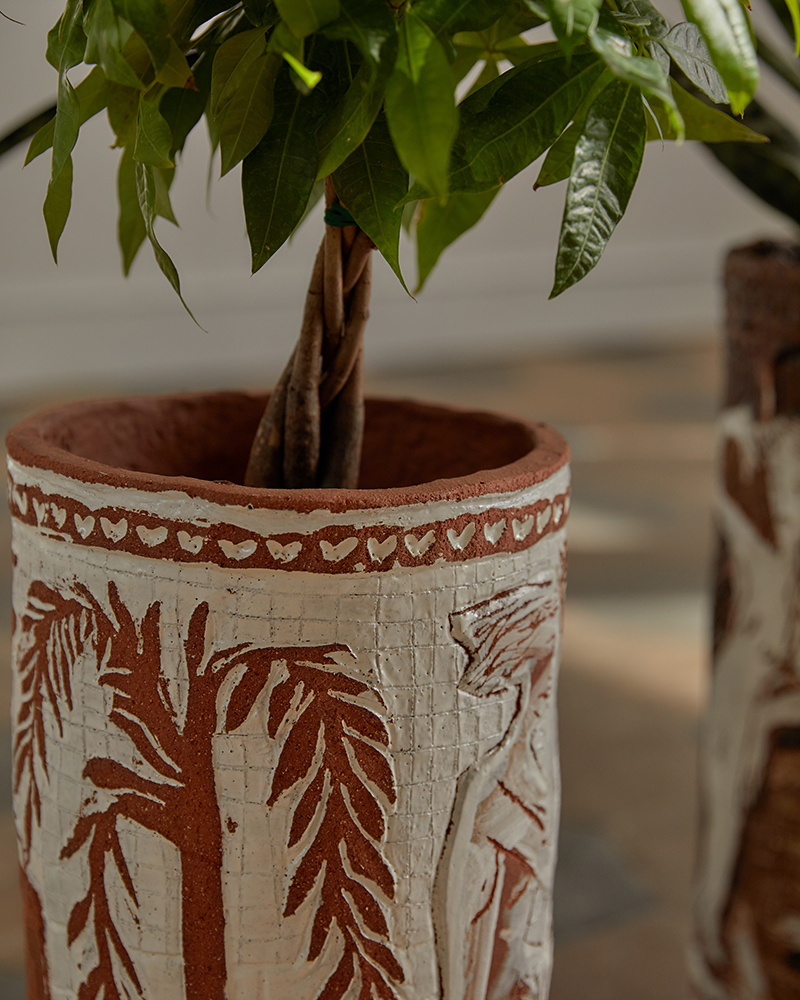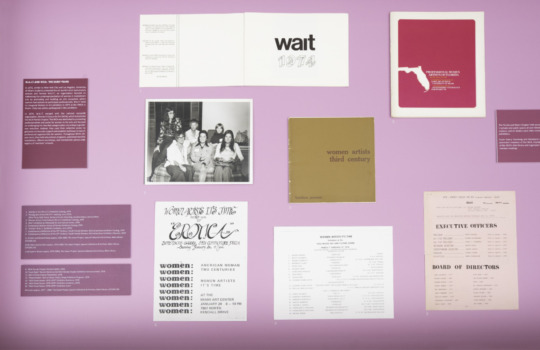
About an hour north of Atlanta, tucked neatly between a beaver dam and a Seventh Day Adventist Church, is a little slice of heaven—or a rock garden to the naked eye. It all began in 2007 when DeWitt “Old Dog” Boyd moved to Calhoun, GA with his wife, Lady Joyce, and their eight children. The Boyds had moved many times over the years prompting Old Dog to create a game to help them get acclimated. The rules were pretty simple. Each member of the family was given a porcelain figurine and a pocket full of change, and then were charged with building a structure, a shelter, an alternate world for the figures. The most stunning results adhered to a clear formula: start with something universally accessible like a big bag of pebbles from Home Depot; mix in personal effects, little collected trinkets, shells, ceramic tiles; and finish with something local such as the slate and clay from the ground of a new town. The Calhoun Rock Garden is the result of their longest-running village and has grown to 50 charming miniature buildings. There is a miniature Roman Colosseum, the Himeji Castle, a lighthouse in the creek, a recreation of Bethlehem, Cinderella’s castle, and Notre Dame Cathedral. I love artists—or in this case a family of artists—that build their dreams.
I kept thinking of this recipe: universal, personal, local terrain when looking at Jasmine Little’s exhibition Sphinx Riddle at the newly relocated Tif Sigfrids gallery in Comer, GA. The show consists of six large, stoneware pots that feel entirely at home, placed on an earth-toned tile floor. While her glaze palate is mostly colorless, the copper-reds, orange-browns, and various tan tinges of the vessels are a love letter to the materials they are made from. With the clay still wet, Little scrapes and carves crude impasto figures that depict dramatic myths about culture, politics, religion, and gender such that both the material and the stories appear vulnerable and malleable. The archetypal Greco Roman-inspired figures and symbols feel like they have passed through a game of telephone. The work is good because they are simultaneously classical and fluid—life-affirming origin stories with no single origin.
By literally cutting through layers, Little exposes the hidden textures resting just beneath the surface. The evidence of human touch is apparent in every turn. Found detritus pressed into the clay mar the vessels like pockmarks and their stippled edges reveal the artist’s visceral labor. Even if her carvings are created instinctively without a map, I get the feeling Little knows the road from memory. These sculptures have a way of bringing the weight of home anywhere the artist roams.


Since seeing the show, I have not stopped thinking about these pieces, precisely because I have no idea what they mean. The story’s allover-ness wraps around and around the ceramics, unfolding like a cyclorama with a broken motor. Each time I loop around, I feel as though a clue was missed back at the start. The carvings are a never-ending interactive dance. Each pot is its own universe, its own functional, soil-filled ecosystem containing their own plant: money tree cactus, ponytail palm, philodendron, sansevieria, snake plant, and a candelabra cactus. The installation, again, brings me back to the Rock Garden Calhoun. The more you walk around, the less you understand how this unruly village came to be constructed. As with the Garden, Little’s exhibition is an intensely open-ended Seussian maze. These works are sketchy and enigmatic, elegant and gutsy. Most of all, they seem to be feverish attempts by the artist to hold on to a moment, the impossibility of decelerating the passage of time.
Jasmine Little’s exhibition, Sphinx Riddle, is on view at Tif Sigfrids in Comer, Georgia through February 27, 2021.




